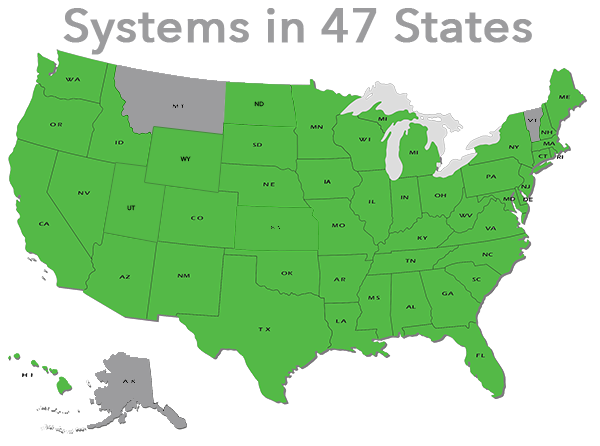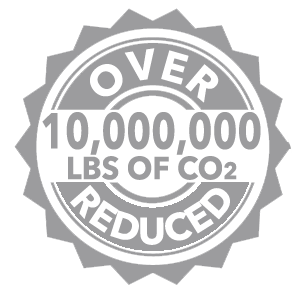












Release date: February 19, 2015 | Next release date: February 25, 2015 Starting in the second half of 2014, crude oil and currency market movements reflected diverging monetary policy, economic growth, and inflation expectations for the United States compared to the rest of the world. Gross domestic product (GDP) forecasts for countries outside of the Organization for Economic Cooperation and Development (OECD), which are responsible for most of the projected growth in liquid fuels consumption, were repeatedly revised lower last year and contributed to the downward movement in crude oil prices. The United States, in contrast, showed robust economic and employment growth in 2014, which is forecast to continue through 2015. Given this scenario, the Federal Reserve could let interest rates rise as early as this year for the first time since the recession in 2008-09. In contrast, monetary authorities facing weaker home economies have recently acted to lower interest rates in an effort to...
4301 Hits
Copyright
© EIA
4301 Hits













































































































































